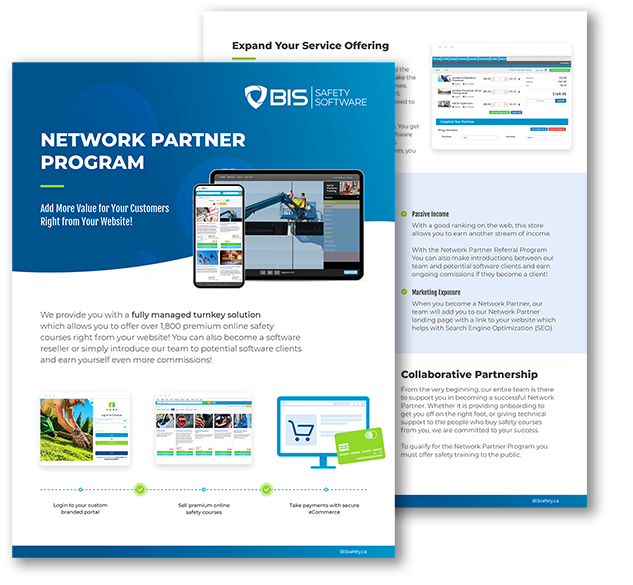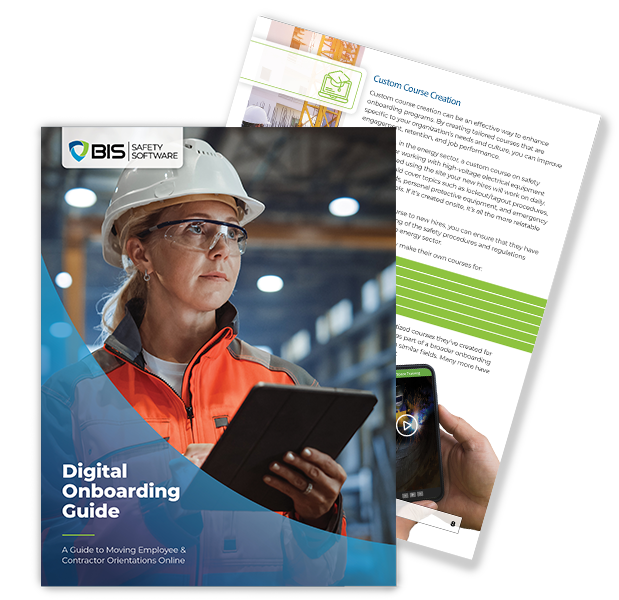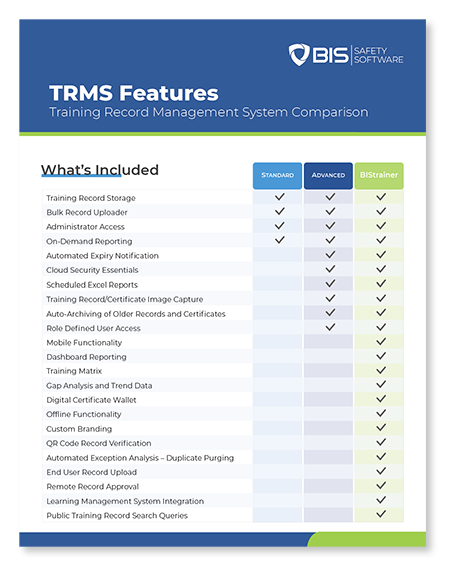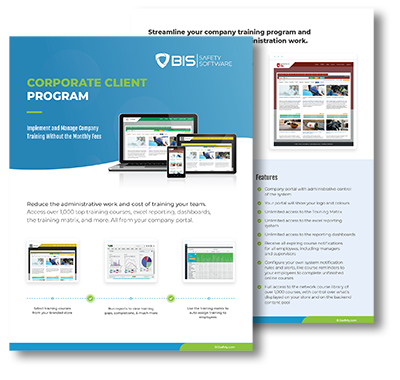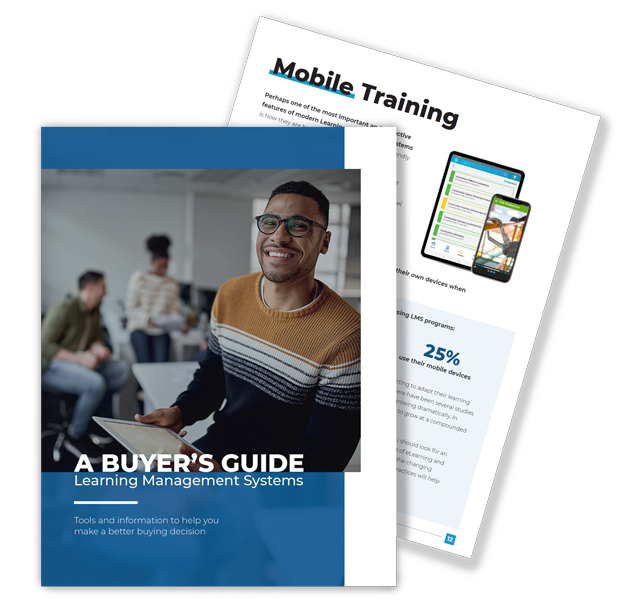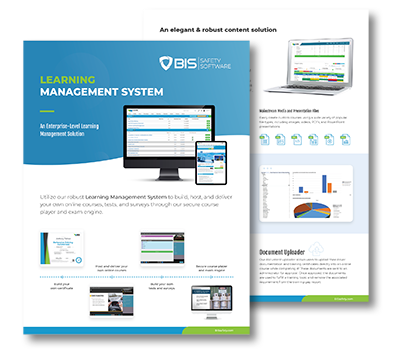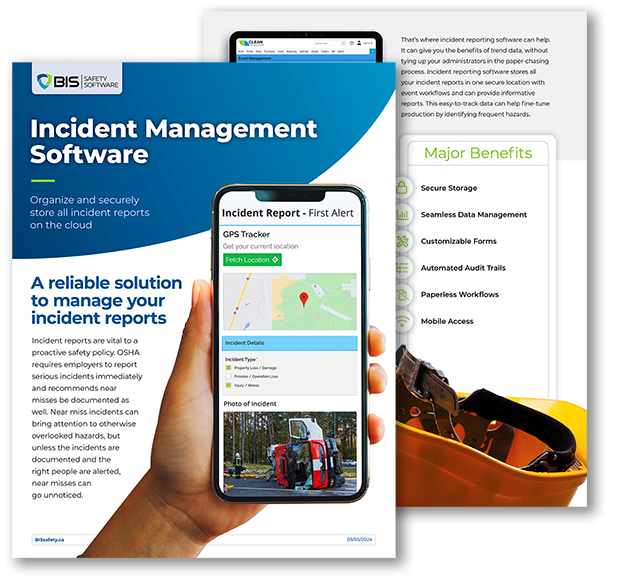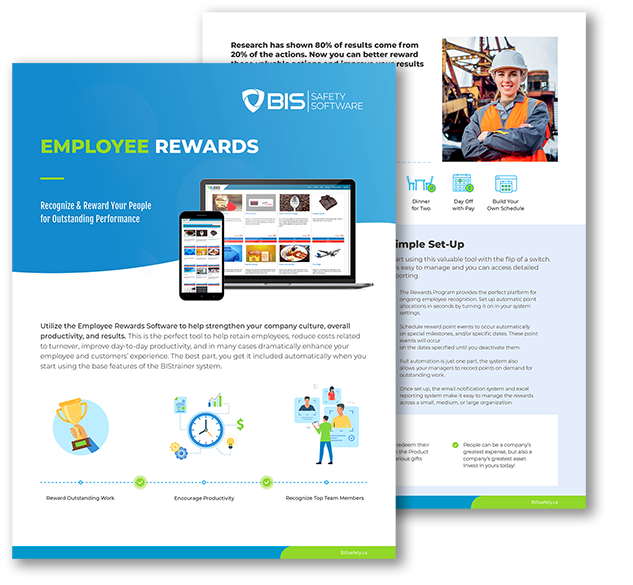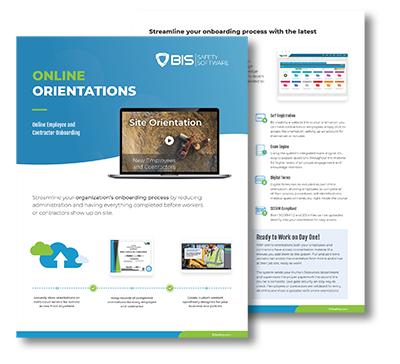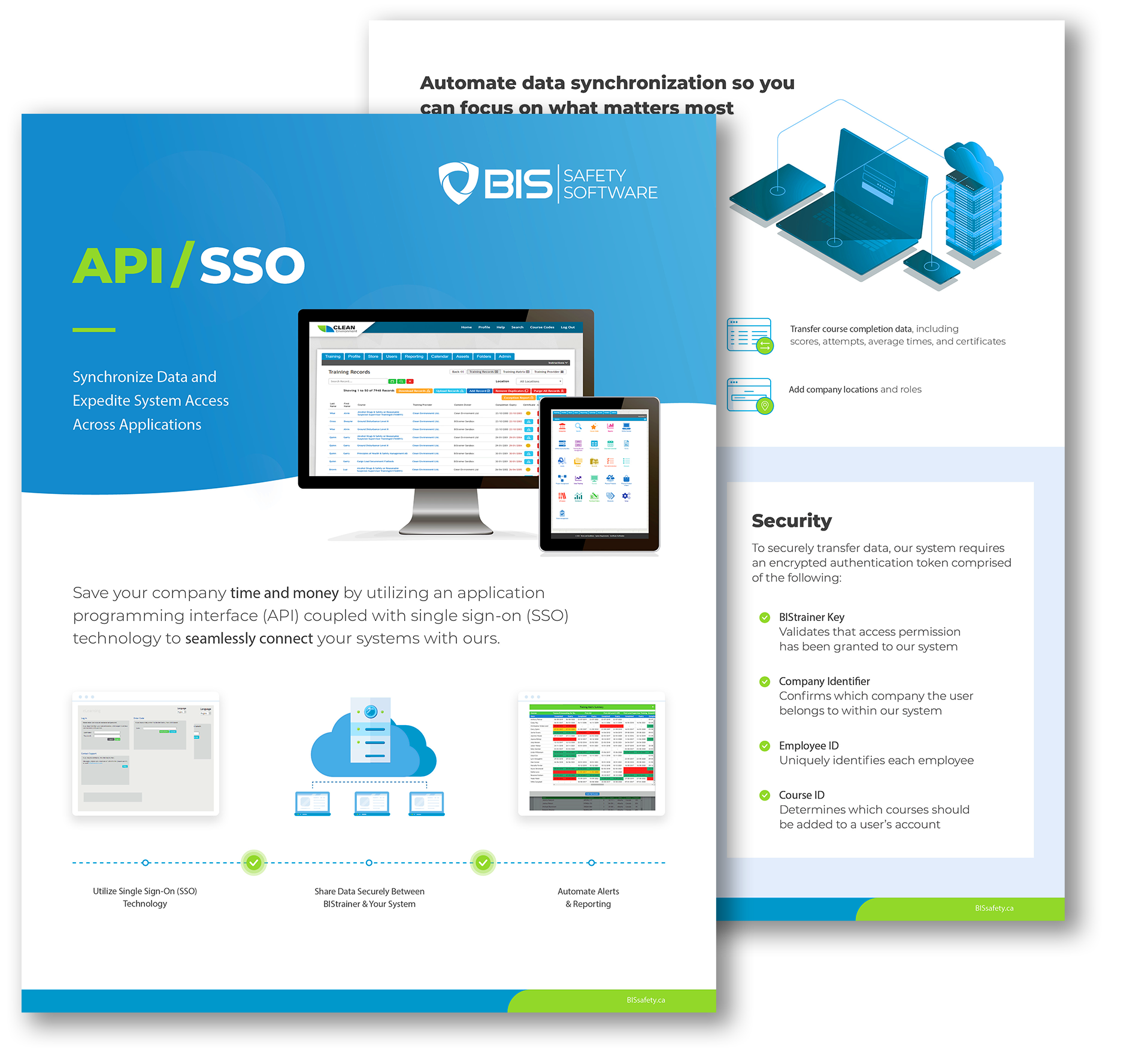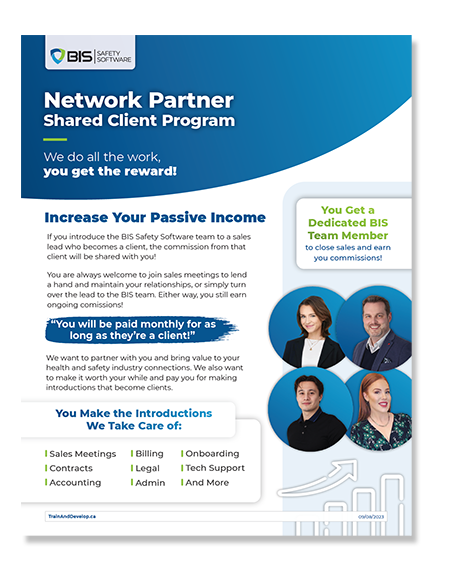Imagine a workplace where safety isn’t just a set of rules, but a way of life—a place where everyone feels not just included, but truly valued and supported. Renowned HR influencer Brene Brown urges us to take our efforts in diversity, equity, inclusion and belonging (DEIB) to the next level by embracing belonging as well. In this kind of place, safety isn’t just about following rules; it’s about everyone feeling connected and looking out for each other. When individuals have a sense of belonging, they are inclined to voice safety concerns and prioritize the well-being of themselves and their colleagues. This isn’t just good for how people feel; it leads to fewer accidents and more people being engaged in their work. To get there, companies need to really listen to their employees and understand the different challenges they face, whether it’s language issues, cultural differences, or other barriers. It’s about a collaborative effort from HR, safety experts, leaders, and DEIB professionals to create a workplace culture where safety is integral, and everyone feels safe and valued across the entire organization. Let’s explore the practical steps and strategies that can bring this vision to life in a concrete manner!
Key Topics
Benefits of DEIB in safety programs
Safety programs and DEIB are both crucial aspects of fostering a healthy and productive work environment. Here’s why they are important and how you can incorporate DEIB into safety programs in the workplace:
Importance of Safety Programs:
-
- Making Safety for Everyone: Safety programs should be fair and considerate of everyone’s needs, including those from different backgrounds and abilities. By focusing on diversity, equity, inclusion, and belonging (DEIB), these programs create places where everyone feels valued and safe.
- Following Rules Fairly: Safety programs that follow DEIB principles make sure workplaces meet rules while treating everyone fairly. This helps prevent legal problems related to unfair treatment and makes sure safety rules work for everyone.
- Helping Everyone Work Better: Safety programs focused on DEIB make workplaces where people from all backgrounds feel respected and supported. This makes workers happier, more motivated, and safer in their workplaces, which helps the company succeed.
- Saving Money and Ideas: DEIB-centered safety programs bring together different ideas and ways of thinking, which helps solve problems in new and creative ways. By listening to different perspectives, companies can find better ways to stay safe and avoid accidents that cost money.
- Keeping People Happy and Around: Safety programs that value DEIB keep workers engaged and make them want to stay with the company longer. When people feel included and respected, they’re more likely to stick around, which helps the company stay strong.
- Improve business relationships: Safety programs that focus on DEIB make sure the people working at a company incorporate perspectives from individuals they serve, work with, and contract. This helps businesses understand overall needs to provide better service to everyone.
- Making Smarter Choices: DEIB-focused safety programs bring together different people to make better decisions. By hearing lots of different ideas, these programs can come up with safer ways of doing things that work well for everyone.

Strategies for Integrating DEIB into Workplace Safety Programs
In today’s dynamic work environment, prioritizing safety and DEIB together is essential for the well-being and success of employees and organizations. By integrating strategies, organizations can create environments where everyone feels valued and empowered. This discussion highlights 6 key approaches for incorporating DEIB into safety initiatives, ranging from inclusive training materials to diverse leadership representation, to cultivate safety cultures that promote both physical well-being and diversity, equity, and inclusion in the workplace:
Inclusive Safety Training:
Safety training is tailored to accommodate diverse employee backgrounds, language proficiency levels, and learning styles. This could involve offering training materials in various languages, utilizing visual aids for enhanced comprehension, and ensuring cultural sensitivity in content. A few examples are listed below:
-
- Learning Barriers: address other learning barriers, such as colour blindness, by using contrasting colours for visual aids, providing options for closed captioning for employees with hearing impairments, and offering alternative formats for those who may benefit from different modes of communication.
- DEIB in Toolbox/Safety Talks: Incorporate DEIB into these important safety topics by including diverse examples and scenarios, providing language accessibility through translated materials and bilingual presentations, ensuring cultural sensitivity in messaging, encouraging inclusive participation, tailoring messaging to diverse audiences, addressing unconscious bias and stereotypes, and offering diversity training to increase awareness and understanding.
- Accessibility Features: companies incorporate accessibility features into their safety resources to accommodate employees with different abilities. This may include providing materials in alternative formats, such as braille or large print, offering captioning for videos, and ensuring that online resources are compatible with screen readers for visually impaired individuals.
- Multilingual: Translate safety manuals, instructions, and training materials into multiple languages commonly spoken within the workforce, ensuring that all employees can access and understand critical safety information.
- Gender Inclusive Language: Using gender-inclusive language promotes a more inclusive and equitable environment where all individuals feel respected and valued, regardless of gender identity.
- Learning Styles: implement interactive training modules that cater to different learning styles, including visual, auditory, and kinesthetic learners. Incorporate videos, quizzes, simulations, and hands-on activities to engage employees effectively. Consider course lengths and whether a course can be self paced for those that have learning comprehension barriers.
Diverse Safety Committees:
Safety committees are composed of representatives from different departments, organizational levels, and demographic groups to ensure a comprehensive approach to safety management. Consider incorporating the following items:
-
- Representation: Ensure diverse membership on the safety committee, reflecting various departments, roles, backgrounds, and demographics.
- Inclusivity: Establish meeting practices that encourage participation, active listening, and respectful communication.
- Add DEIB Agenda: Include topics related to diversity, equity, inclusion and belonging in safety committee meetings to address specific concerns of diverse employee groups.
- Outreach: Proactively engage underrepresented groups to gather input and feedback on safety issues, leveraging employee resource groups or affinity groups.
- Evaluation: Regularly assess DEIB efforts within the safety committee and seek feedback for improvement.
- Training: Provide cultural awareness training to enhance understanding and sensitivity to diverse cultural norms and perspectives.

Cultural Considerations in Safety Protocols:
Safety protocols are adapted to respect and accommodate cultural differences among employees. For instance, safety signage may feature universally understood symbols, and protocols may be adjusted to accommodate religious practices affecting work activities.
-
-
Accessibility: Consider the accessibility needs of employees with certain abilities, mobility, or visual impairments when designing safety signage. Use high-contrast colours and clear, easy-to-read fonts to ensure that signage is visible and legible for all individuals.
-
Language: Offer multi-lingual resources providing translations or using symbols and diagrams to supplement text-based messages.
-
Cultural Holidays: Schedule safety initiatives and events to accommodate cultural observances.
-
Symbolism and Icons – Be mindful of cultural sensitivities and avoid using images or language that may be offensive or disrespectful to certain cultural groups. For example, avoid using religious symbols or imagery that may be inappropriate in a secular workplace environment.
-
Colour Symbolism: Different cultures may associate specific colours with different meanings. For example, red may signify danger or stop in Western cultures, while it may symbolize luck or prosperity in Asian cultures. Similarly, yellow may be associated with caution or warning in some cultures but may have different connotations in others.
-
Equitable Distribution of Safety Resources:
Safety resources, such as personal protective equipment (PPE) and ergonomic tools, are distributed fairly across all employees, regardless of their roles or backgrounds. This ensures that everyone has access to essential safety resources for their tasks.
-
- PPE: Consider diverse factors like physical differences, comfort, and cultural considerations to ensure inclusivity and safety.
- Representation: Use imagery reflecting diverse individuals to ensure inclusivity in safety resources.
- Tool Modification: Modify equipment to accommodate physical barriers, showcasing commitment to DEIB in safety.
- Equipment Adaptation: Adjust safety gear to suit diverse body types and abilities for proper fit and functionality.
- Ergonomics: Customize workstations and tools to accommodate various physical abilities and preferences.
- Communication: Provide hearing protection with communication systems for employees with hearing impairments.
- Material Design: Design safety gear with lightweight and breathable materials for comfort in diverse environments.
- Cultural Sensitivity: Offer PPE options accommodating religious or cultural practices to foster diversity respect.
- Colour Coding: Use easily distinguishable features on PPE for individuals with visual impairments.
- Touchscreen Compatibility: Provide gloves with touchscreen fingertips for electronic device use in PPE.
- Gender-Inclusive PPE: Offer gear with adjustable sizing and designs to ensure comfort for all genders.

Inclusive Safety Reporting and Feedback Mechanisms:
Multiple channels for reporting safety concerns are provided to cater to diverse communication preferences and comfort levels. This could include anonymous hotlines, online portals, or in-person meetings, fostering a culture of open communication and inclusivity.
-
- Inspections: Enhance evaluation procedures to include considerations for diverse workforce and accessibility in evacuation.
- Data Analysis: Conduct intersectional analysis of safety data to address disparities among marginalized groups.
- Multilingual Reporting: Provide safety reporting forms in multiple languages to ensure accessibility.
- Feedback: Establish mechanisms for inclusive employee feedback on safety training materials.
- Anonymous Reporting: Implement systems for anonymous safety reporting to encourage diverse employee participation.
- Sensitivity Training: Offer cultural sensitivity training for personnel involved in safety report review.
Celebrating Diversity in Safety Initiatives:
Safety initiatives are designed to acknowledge and celebrate the diverse backgrounds, experiences, and contributions of employees. This may involve featuring success stories from diverse employees, organizing cultural events, or integrating diversity themes into safety awareness campaigns.
-
- Inclusive Environments: Cultivate workplaces that promote psychological safety, encouraging workers to express concerns without fear.
- Workforce Input: Solicit feedback from employees on safety improvement strategies to demonstrate care.
- Safety Competitions: Organize inclusive competitions to foster teamwork and responsibility for safety.
- Communication Channels: Establish open feedback channels for improving safety reporting processes.
- Cultural Training: Provide leaders with cultural competency training to ensure inclusive safety messaging.
- Prayer Rooms: Several companies have fatigue, and first aid rooms why not consider Prayer rooms? These rooms help provide a safe place and ensure inclusivity and respect for religious practices.
Diversity in Safety Summarized
Encourage workforce involvement by promoting active participation, fostering open dialogue, and genuinely listening to their input. Seek support from upper management and key departments to ensure alignment and dedication to implementing DEIB principles within safety programs. Embrace a comprehensive DEIB program to provide ample support and resources for fostering inclusivity and a sense of belonging. Evaluate success through ongoing assessment and feedback mechanisms to monitor progress and continuously enhance safety initiatives. Let’s establish a workplace where safety is not just a priority, but a collective commitment driven by diversity, equity, inclusion, and belonging. Together, we can cultivate an environment where individuals are empowered to voice concerns, take proactive steps, and enact meaningful change, thereby strengthening the safety and resilience of our organization.





